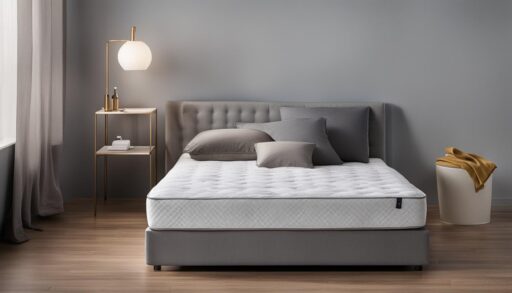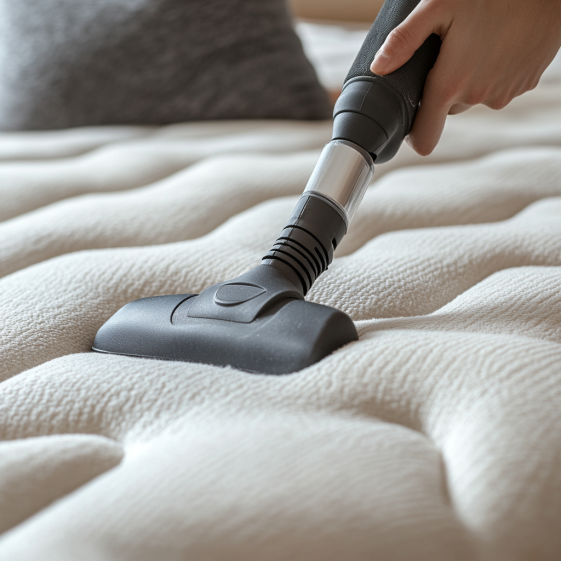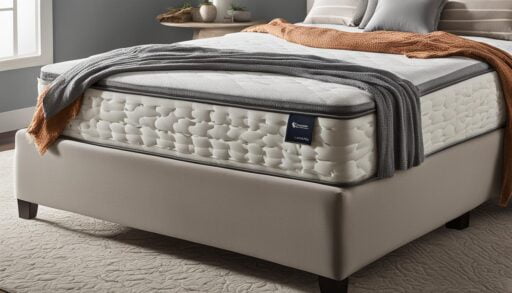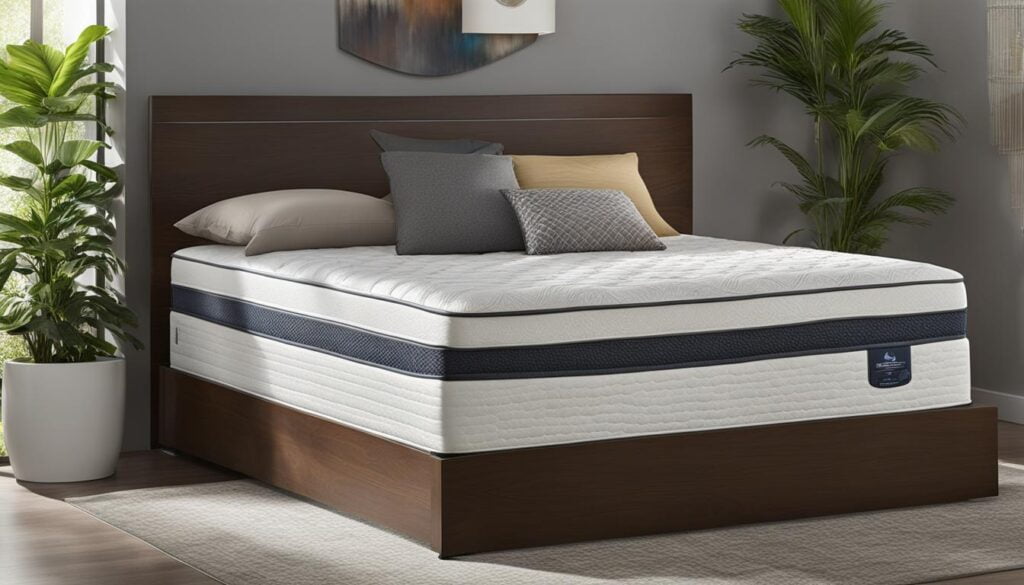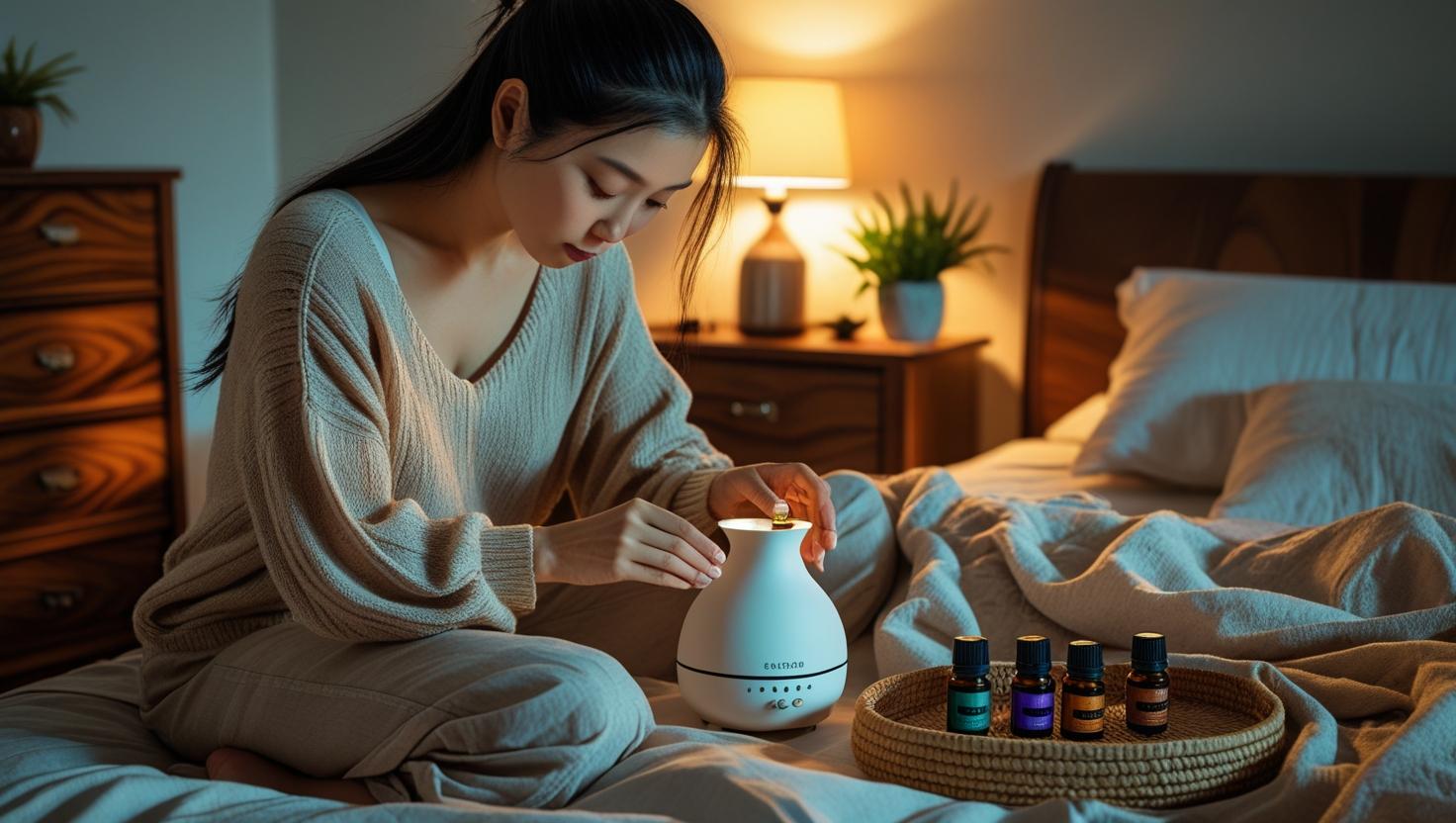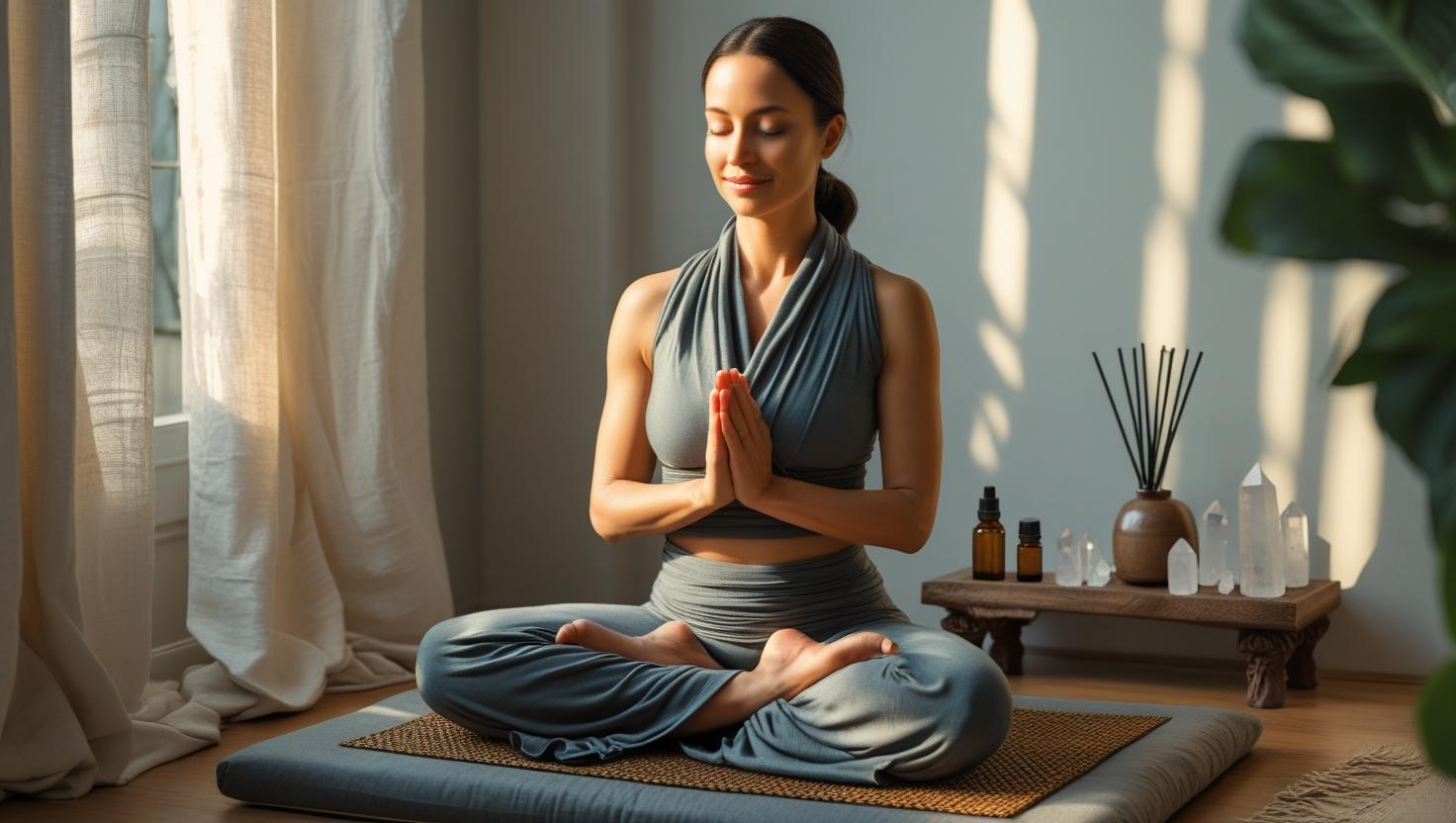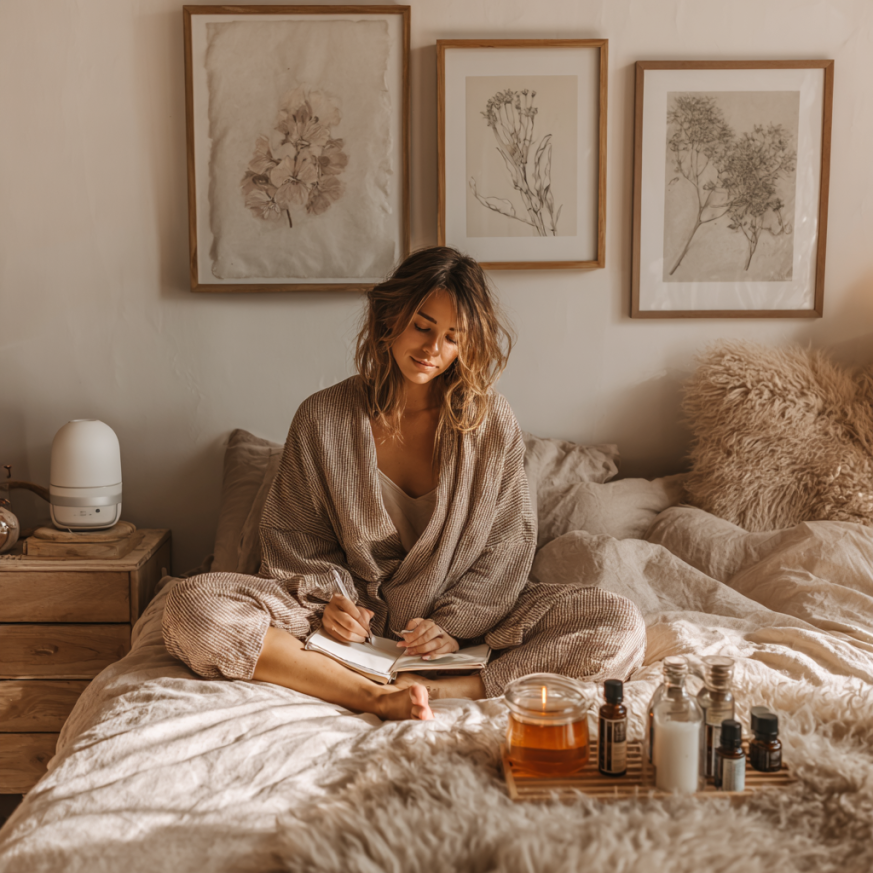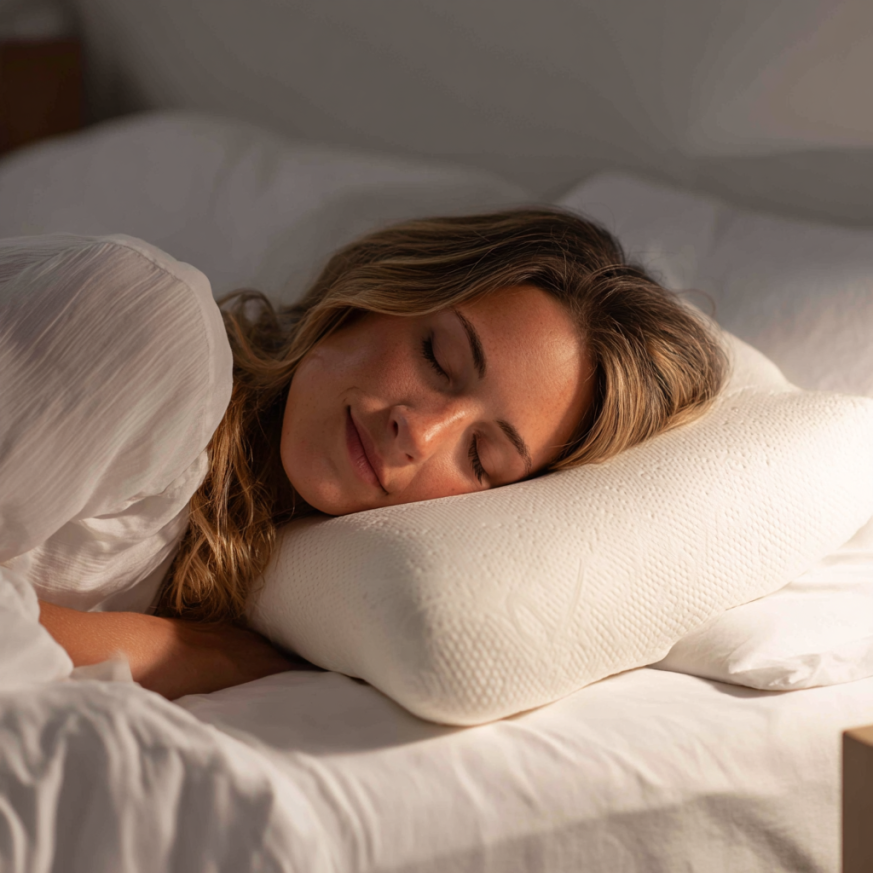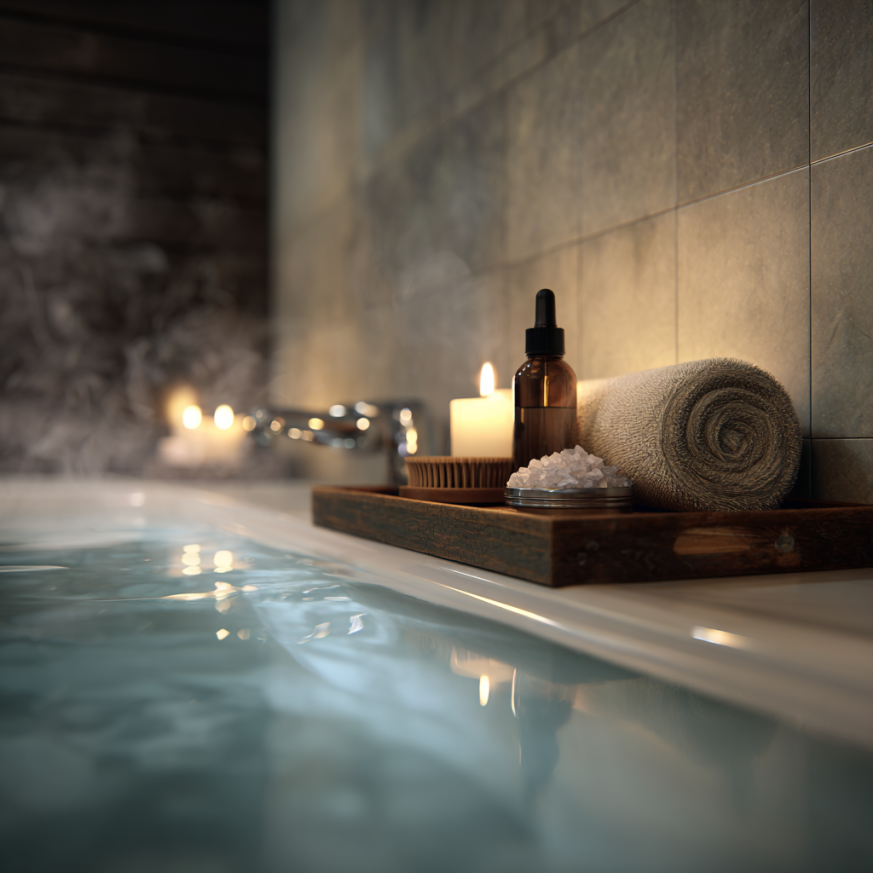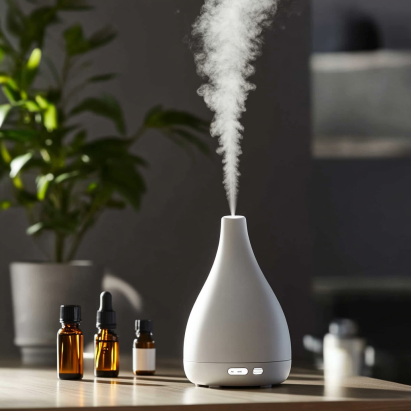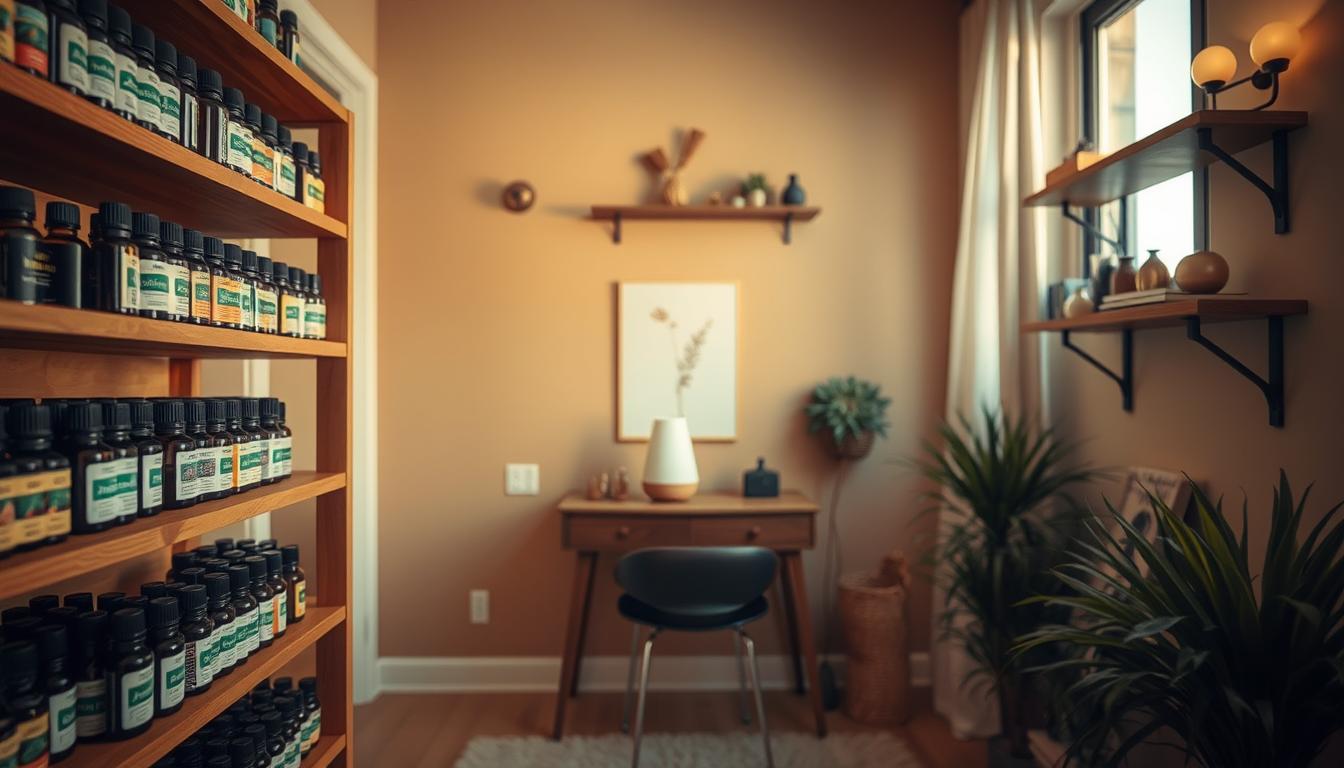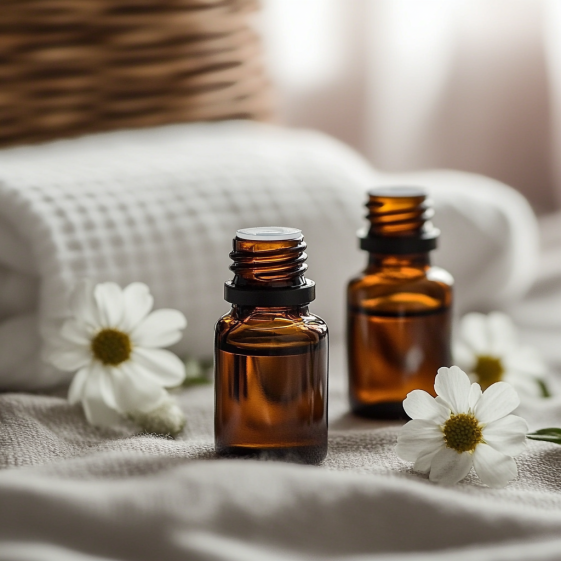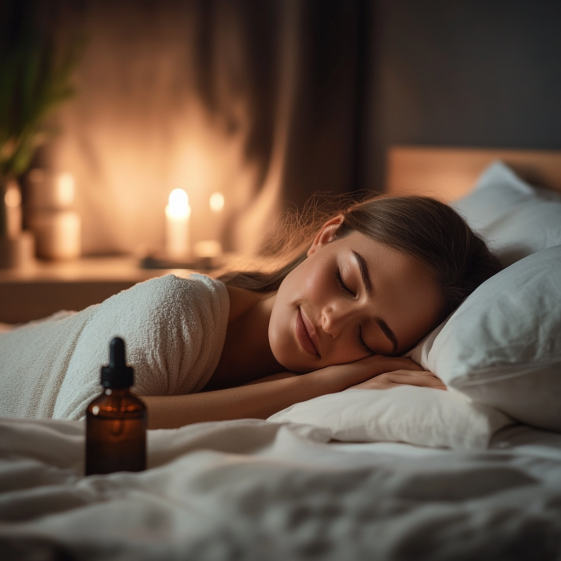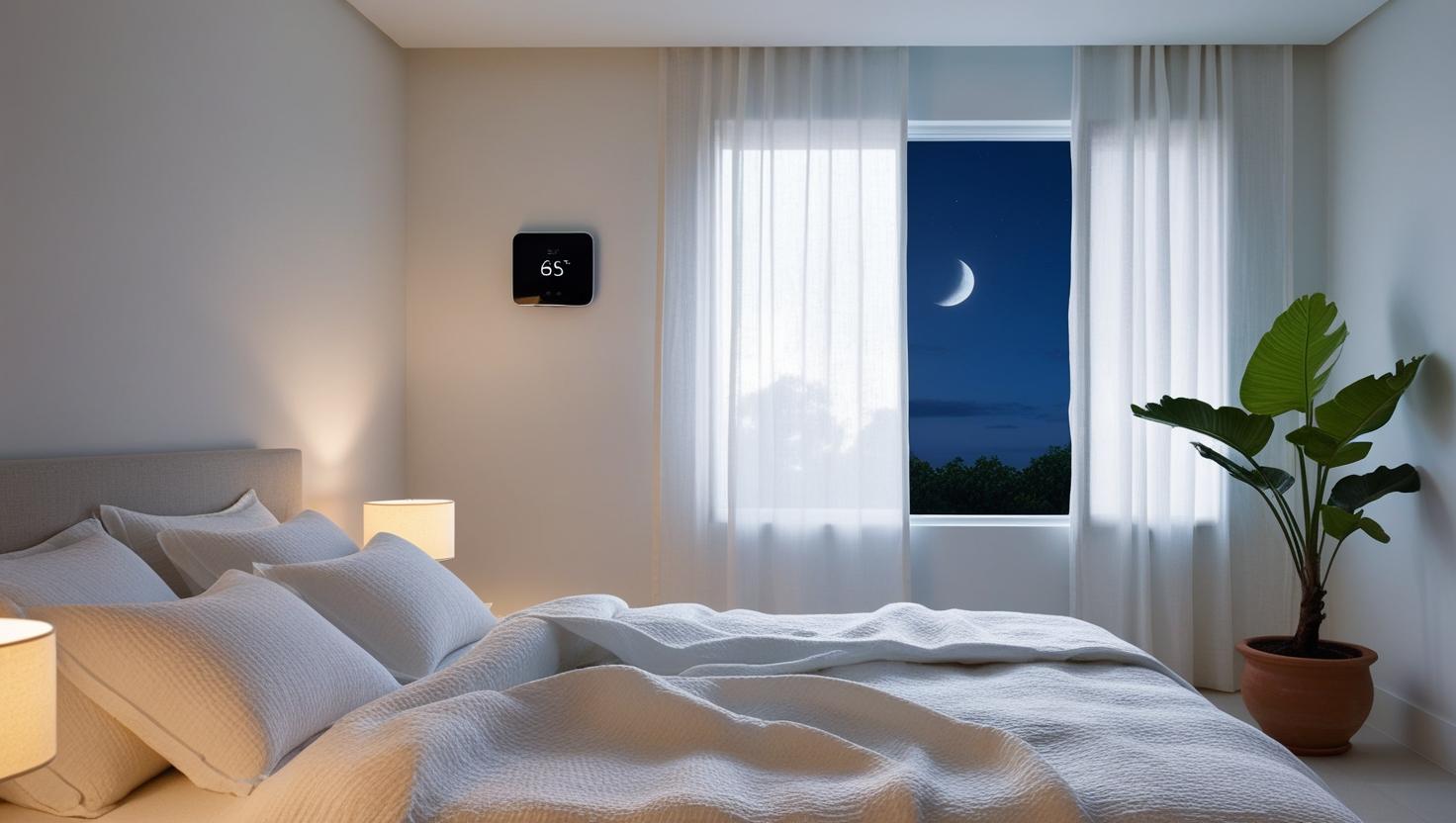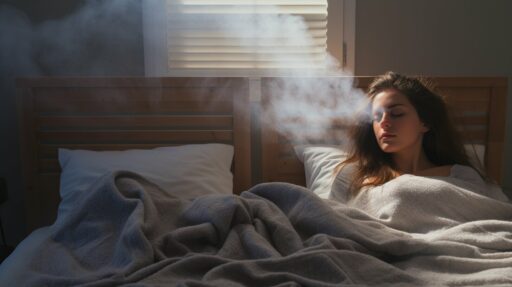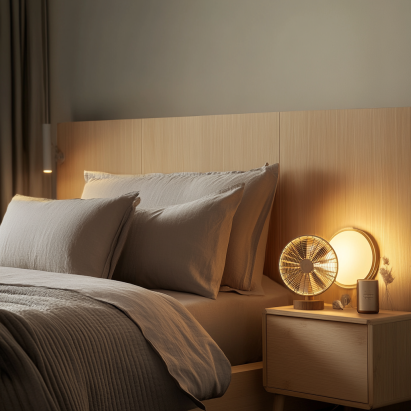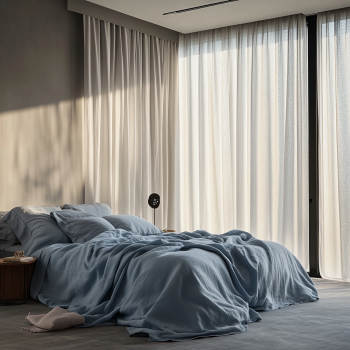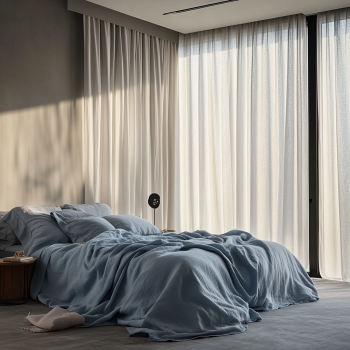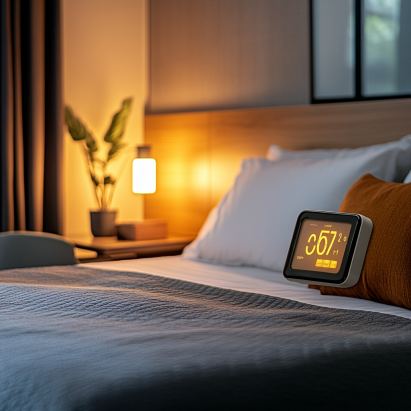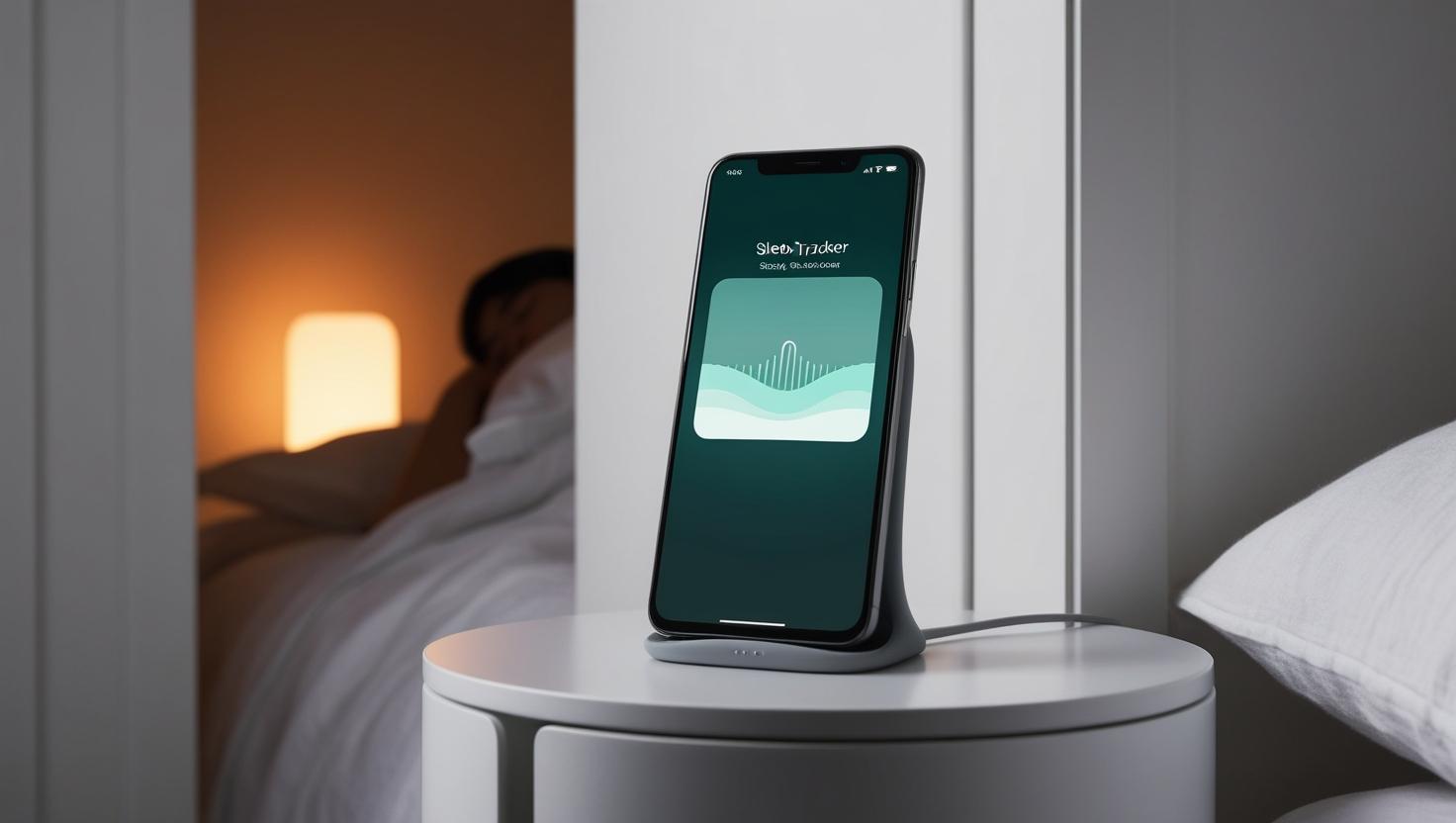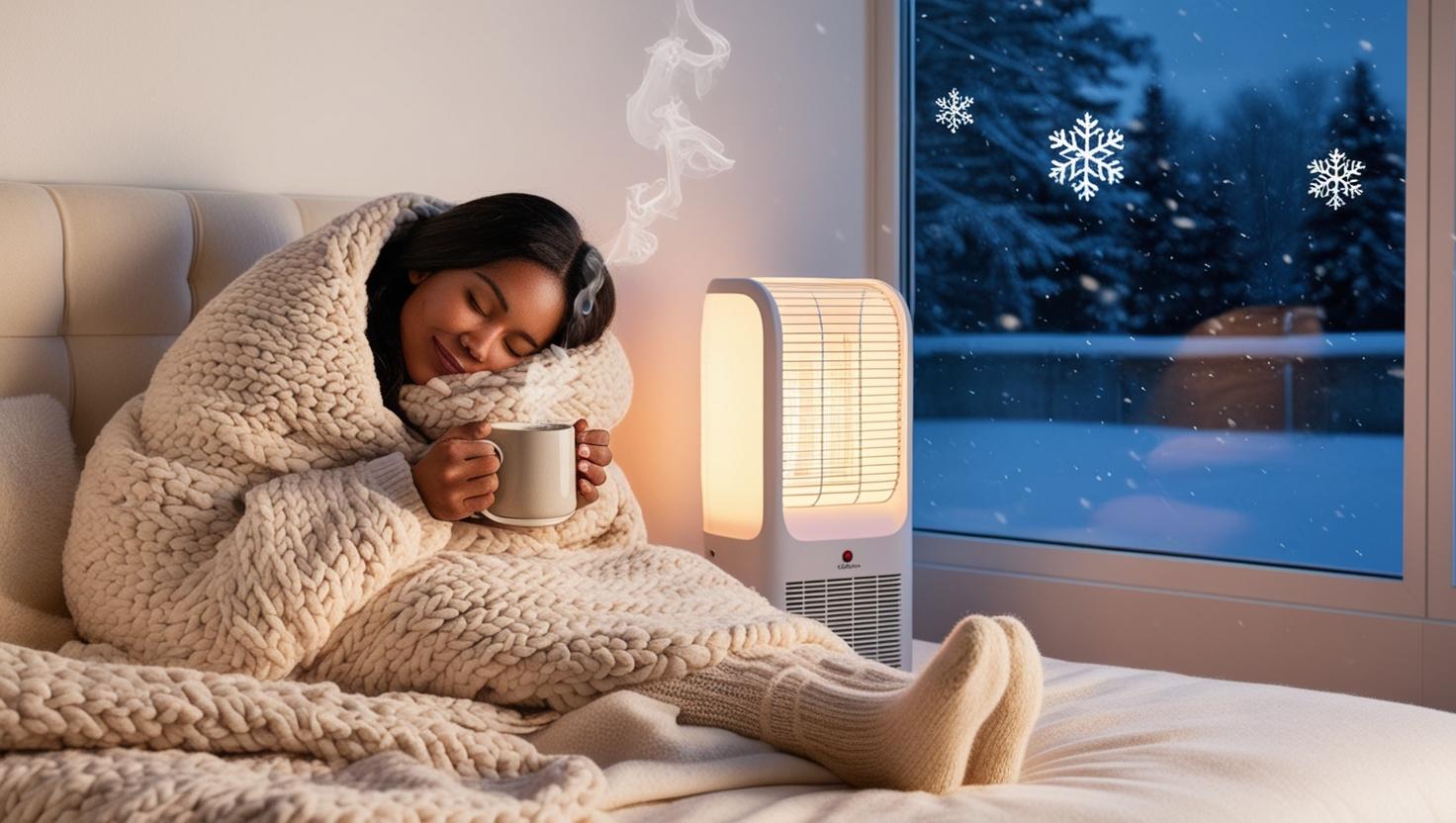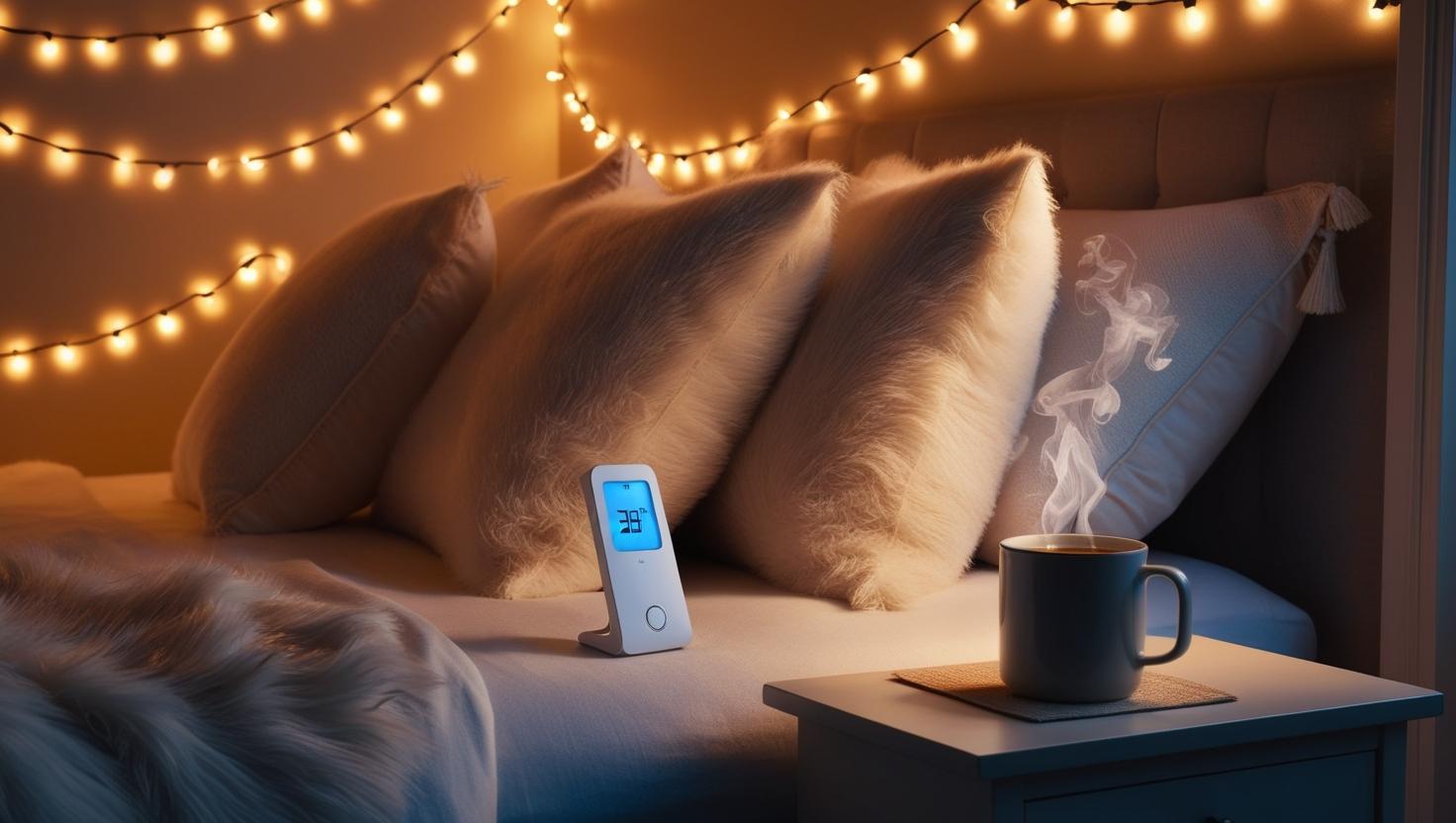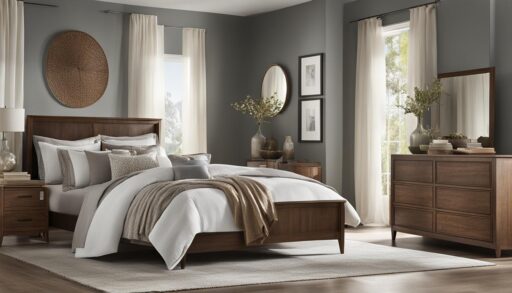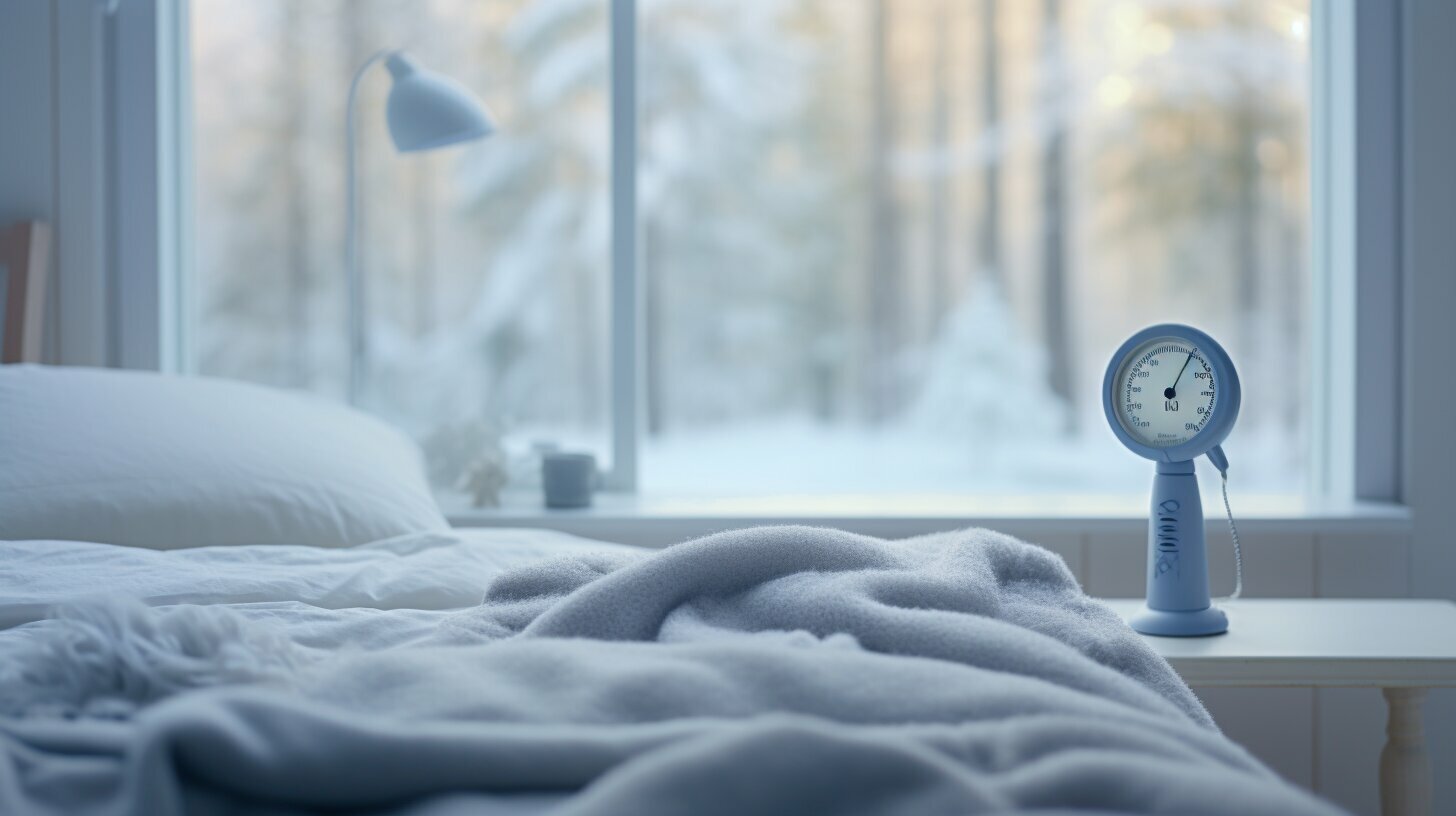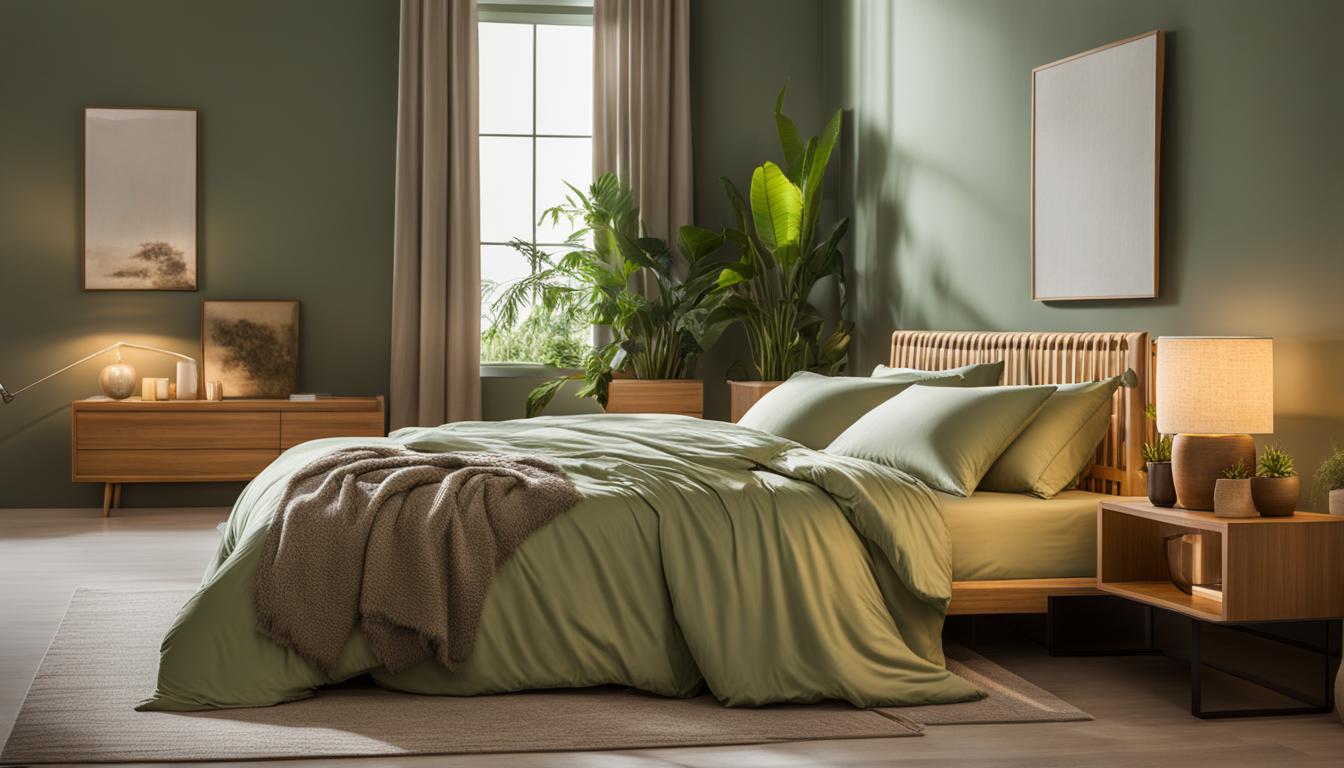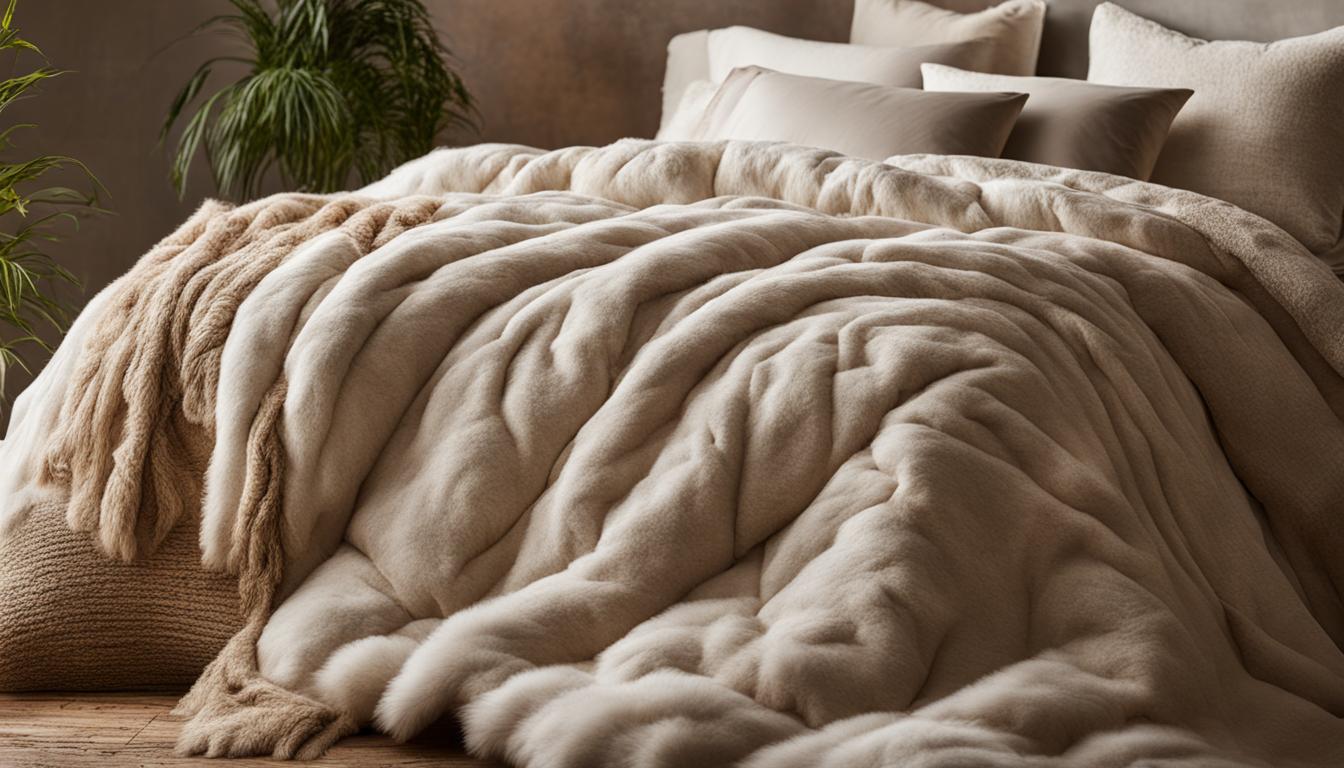Quality Rugs and Carpets to Enhance Your Home Décor
Quality rugs and carpets are more than just floor coverings—they’re the foundation of a warm, inviting, and stylish home. Whether you’re updating a single room or refreshing your entire living space, the right rug can define areas, add personality, and make your home feel like a true sanctuary.
Key Takeaways: Quality Rugs and Carpets
- Quality rugs and carpets bring warmth, comfort, and personality to any room.
- Proper size and placement of rugs create cohesive and visually appealing spaces.
- Material choices like wool, silk, or synthetic blends determine durability and maintenance needs.
- Layering rugs and defining zones with them is an expert trick for open-concept layouts.
- High-quality options, such as those from Genie Carpet Manufacturers, offer both style and longevity.
Keep these essentials in mind as you explore the perfect rugs and carpets for your home décor.
Why Quality Rugs and Carpets Matter
Imagine stepping into a room and instantly feeling at ease. Often, it’s not just the furniture or paint that creates that feeling but the soft, grounding presence of a well-chosen rug or carpet. These elements provide:
- Comfort and warmth: Walking barefoot on a plush, high-quality carpet feels luxurious and cozy, especially during colder seasons.
- Visual definition: Rugs help divide open spaces into functional areas—like separating the living room from the dining area—without the need for walls.
- Noise reduction: Thick fibers absorb sound, reducing echo and making rooms feel more peaceful and intimate.
- Personality and style: The right rug can add a pop of color, an interesting texture, or even a conversation-starting pattern.
Experts from Good Housekeeping emphasize that layering rugs can add depth and create the illusion of a larger, cozier space. By choosing quality rugs and carpets, you’re not just decorating—you’re curating an experience for everyone who enters your home.
In short, a thoughtfully selected rug is the finishing touch that transforms an ordinary room into a comforting retreat.
How Quality Rugs and Carpets Enhance Your Home Décor
Adding Warmth and Personality to Your Space
Think of a rug as the “frame” that completes the picture of your room. A colorful Moroccan-style rug can bring life to a neutral living room, while a traditional Persian design adds a sense of sophistication and history. High-quality rugs are not just visual enhancements—they invite touch and interaction, becoming part of daily life.
For example, imagine a minimalistic Scandinavian-inspired living room: white walls, clean lines, and a muted color palette. Adding a textured wool rug in soft beige instantly adds warmth and makes the space feel less sterile. Saraswati Global notes that the interplay of color, texture, and pattern is what makes rugs powerful design elements.
Ultimately, the right rug acts like the personality of your space, tying together furniture, art, and décor in perfect harmony.
Creating Cozy Zones with Rugs
Open-concept spaces are beautiful but can feel overwhelming without visual boundaries. Quality rugs and carpets act like “invisible walls,” creating intimate zones for different activities:
- Living areas: A large rug under the sofa and coffee table defines the lounge area, making it feel inviting and cohesive.
- Dining spaces: A durable rug under the dining table adds warmth while protecting floors from scratches.
- Reading nooks: A plush rug with a soft texture turns any quiet corner into a cozy escape.
Picture a neutral jute rug anchoring a living room setup while a colorful kilim rug marks a dining area—instantly, the entire space feels more purposeful and styled.
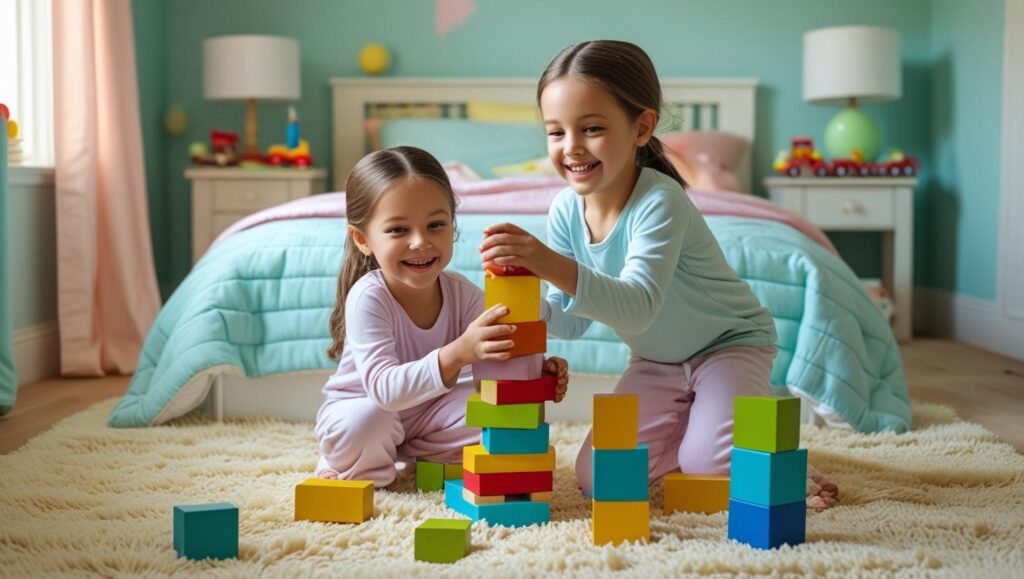
By strategically placing rugs, you create not just “zones,” but experiences in each corner of your home.
Tips for Choosing the Perfect Quality Rug or Carpet
Sizing and Placement Tips
Choosing the wrong rug size is one of the most common decorating mistakes—and it can make a room feel disconnected or awkward. Here are some golden rules for rug sizing:
- Living rooms: Ensure at least the front legs of sofas and chairs are on the rug for a grounded, intentional look.
- Dining rooms: The rug should extend 24 inches beyond the table edges so chairs remain on the rug even when pulled out.
- Bedrooms: Use a large area rug that stretches 2–3 feet beyond the sides of the bed, creating a soft landing for your feet every morning.
Not sure what size you need? Use painter’s tape to outline different rug dimensions on your floor before making a purchase. This simple hack helps you visualize how the rug will define your space. For more creative placement ideas, check out our layering rugs like a pro guide.
Choosing the right size is like finding the right frame for a painting—it can elevate your entire room instantly.
Material and Texture Choices
When selecting a rug, material matters just as much as style. Different fibers offer unique benefits:
- Wool: Warm, durable, and naturally stain-resistant—ideal for high-traffic areas like living rooms.
- Silk: Luxurious and soft, but better for low-traffic rooms where elegance takes center stage.
- Sisal and jute: Perfect for casual spaces; they add texture and a natural vibe.
- Synthetic blends: Affordable, easy to clean, and great for households with kids or pets.
Consider mixing textures: a wool rug layered over a flat jute base adds both depth and warmth. The Interior Editor suggests balancing texture with other décor elements for a harmonious look.
The right material ensures your rug not only looks good but stands up to the demands of your lifestyle.
Debunking the Small Room Rug Myth
Many people mistakenly think a small rug will make a small room feel larger. In reality, the opposite is true. Using a larger rug—one that extends beneath all major furniture pieces—can visually expand the room and make it feel more cohesive. For example, a small 5×7 rug in a living room often feels like it’s “floating,” while an 8×10 rug creates a sense of unity.
Interior designers frequently recommend oversizing rather than undersizing when it comes to rugs. If you’re on the fence, choose a slightly larger rug for maximum impact.
A generously sized rug acts like a canvas, giving your furniture and décor a structured, spacious backdrop.
Spotlight on Genie Carpet Manufacturers
If you’re serious about finding high-quality rugs that combine artistry and durability, Genie Carpet Manufacturers is worth exploring. Their collection ranges from hand-knotted wool masterpieces to sleek modern designs, each crafted with precision.
What sets Genie apart?
- Global shipping: No matter where you are, you can bring their designs into your home.
- Eco-conscious materials: Many rugs are made using sustainable practices and natural fibers.
- Heritage craftsmanship: Every piece reflects generations of rug-making expertise.
In our recent feature on creating a cozy living room oasis, Genie’s designs stood out as the perfect blend of comfort and sophistication.
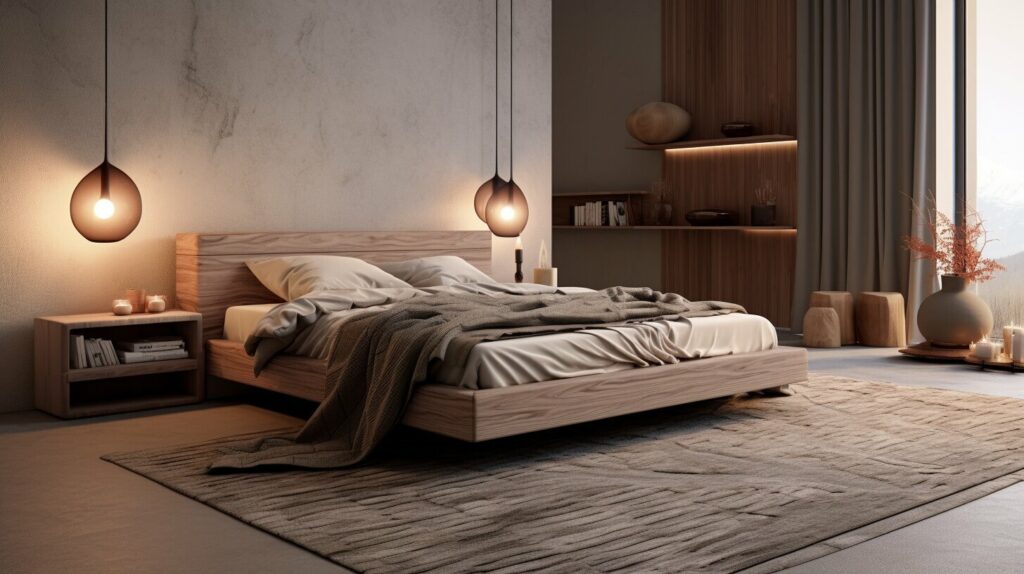
With Genie, you’re not just buying a rug—you’re investing in a work of art that elevates your entire space.
Cozy Wrap-Up: Make Your Space Shine
Quality rugs and carpets are one of the most impactful home upgrades you can make. They add warmth, define your spaces, and bring out the best in your décor. For more ideas, explore our guide on discovering quality rugs and carpets and our expert advice on how to care for and maintain bedroom carpets.
Whether you’re drawn to soft neutrals, bold patterns, or layered textures, the right rug has the power to completely transform your home. Start exploring, get inspired, and let your floors become the true star of your décor story.

FAQ
- What should I look for when choosing a quality rug?
- Check for dense fiber count, natural materials like wool or cotton, and expert construction methods such as hand-knotted or hand-tufted designs. These factors ensure durability and comfort.
- How do I pick the right rug size for a room?
- Measure your furniture layout and ensure the rug extends at least 18–24 inches beyond seating areas or bed frames. This helps create a balanced, cohesive look.
- Are natural fiber carpets better than synthetic?
- Natural fibers like wool, jute, and cotton offer eco-friendliness and breathability, while synthetic fibers like nylon or polypropylene are stain-resistant and budget-friendly.
- Can rugs and carpets improve home acoustics?
- Absolutely! Rugs and carpets absorb sound waves, reducing echoes and creating a quieter, more comfortable environment—especially useful in open layouts or apartment living.
- How do I maintain and clean quality rugs?
- Vacuum weekly, rotate rugs every few months, and spot-clean spills promptly. Professional deep cleaning once or twice a year extends their life and keeps them fresh.
Related Reads
- 10 Best Bedroom Carpets for a Cozy Retreat
- Layering Rugs Like a Designer: Step-by-Step Tips
- Cozy Bedroom Flooring Ideas to Warm Up Your Space


